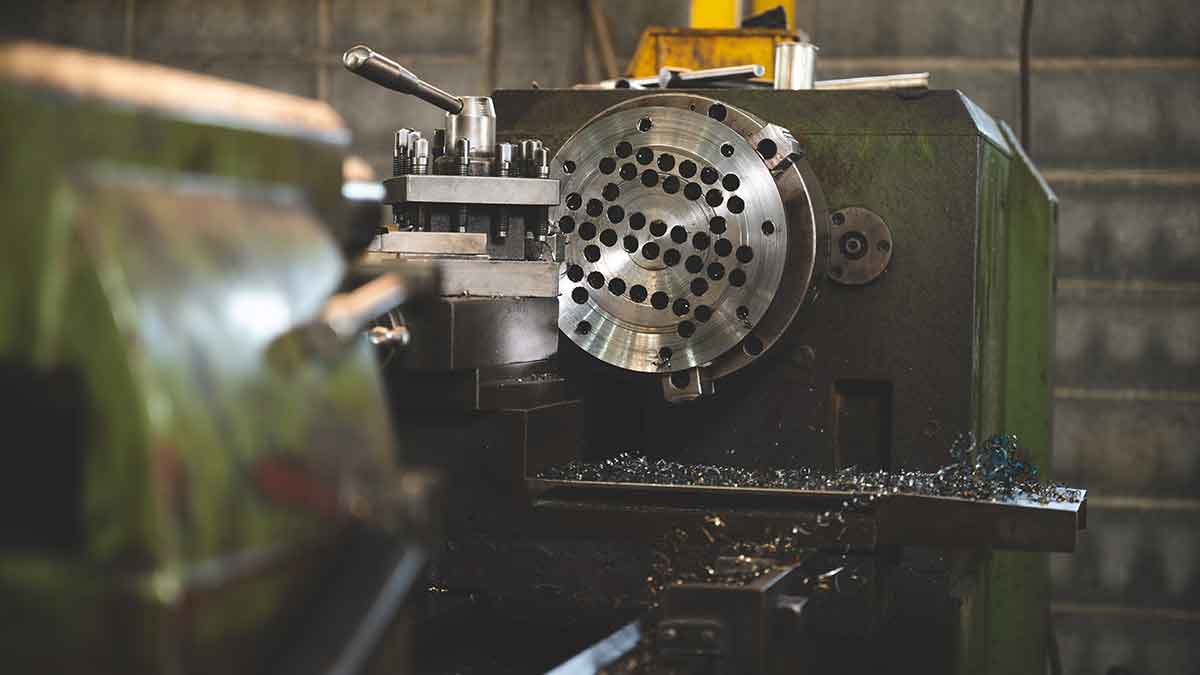The Internet of Things (IoT) has easily revolutionized the way the world works. The Internet of Things, shorthand for “anything that can be connected to the internet,” is disrupting markets. It has permeated every corner of the globe–from schools and airports to hospitals and many other places–and the manufacturing industries are no exception to the applications of IoT.
Industrial IoT is the Internet of Things applied to manufacturing industries. IIoT is an ecosystem of sensors that gathers data and converts it into insights to optimize manufacturing operations. This trend has been significant in recent years, and it will likely continue.
For instance, a market research company estimates, for its part, that there will be 41.6 billion IoT devices by 2025. This will generate 79.4 zettabytes data.
IoT is becoming more mainstream in manufacturing industries. IoT-enabled factories today are delivering a host of game-changing benefits. These include lower start-up costs and operational costs, higher productivity and efficiency, safer working environments, and many more.
How does Industrial IoT bring these benefits to you? Look at the incredible power of IoT in the manufacturing industries around the world.
Predictive Maintenance
Manufacturers used to take a preventative approach to maintenance. This meant that maintenance was scheduled based on the age of the equipment and machinery. According to research, equipment can fail due to its age 18% of the time. The remaining 82% of failures are random, making the time-based maintenance approach inefficient and expensive.
Thanks to the rapid growth of IoT in manufacturing, IoT has become a predictive tool for detecting and forecasting malfunctions in machines. IoT-based solutions are able to forecast potential hazards and predict when equipment may fail.
Monitoring Production Flow
Manufacturers need to continuously and accurately monitor, control and adjust production processes in order to ensure quality, efficiency, and business process optimization.
Since IoT allows machines to communicate with each other in order to coordinate and stagger their production, you can track all production in a connected factory. Therefore, changeover times are optimized, and it is ensured that lots are completed on time without any overruns.
In addition, manufacturers can identify machine defects at any stage of the process. You can easily order, add or remove parts to the production run. You can schedule service calls and modify processes.
Quality Control
In the past, quality control was done reactively by manufacturers. It was up to workers on the floor (hopefully) to solve any problems with the products. Even the most skilled assembly line workers are susceptible to mistakes and oversight. They are only human. Manufacturers were therefore seeing high levels of scrap material and significant post-production rejections.
The IoT can change that. Smart factories have equipment that can monitor quality, detect defects and analyze the performance of equipment in real time. It also measures and tests the final product. You can immediately address any problem that occurs on an assembly line.
Visual instructions allow workers to easily capture and share best practices in order to ensure quality control during production. This alone has been proven to reduce defects by up to 95%. Combining machine-equipped sensors with digital work instructions and communication between them can prevent costly delays and wasteful material.
Workers Benefit from a Safer Working Environment
A 2019 U.S. Bureau of Labor and Statistics report shows that the private manufacturing sector suffered a total of 5,480 deaths between 2003 and 2017. While cost savings and operational efficiency are important, the human factor in manufacturing is an essential consideration that we must not ignore.
Manufacturing facilities have seen significant improvements in the protection of their workers with Industrial IoT. Managers can track the safety and health of their workers using intelligent, connected devices.
This includes near misses, illness, injury, absentees, and vehicle accidents. If you can identify trends, it is possible to prevent future incidents by proactively resolving them.
In recent years, wearables have seen a surge in popularity. Wearables, which protect workers against on-the-job injury, have sensors that monitor worker’s proximity and alert the operator when the worker is too close to the “danger zone”.
Also, IIoT allows you to monitor the working environment by connected things. Sensors can detect gas leaks in pipes before they cause illness or worse.
Inventory/Supply Chain Management
You can encounter difficulties with inventory management because it is important to have enough stock on hand without overstocking or running out. This requires an accurate re-order. To achieve this, you must use analytics, insights, and contextual intelligence.
For instance, wearables, sensors, and radio-frequency ID tags (RFIDs) provide insights into where and how items are moving. Warehouse and supply chain managers can track events throughout a supply chain with real-time asset monitoring and alerts.
Complete visibility of inventories allows for more accurate estimates of material available, work-in-progress, and arrival times of new materials.
This, in turn, optimizes the supply chain while reducing costs. IoT also allows suppliers to help with supply chain management.
Therefore, IoT connects manufacturing facilities to suppliers. This gives supply chain managers an opportunity to identify interdependencies better, manage material flow and fine-tune manufacturing cycle times.





